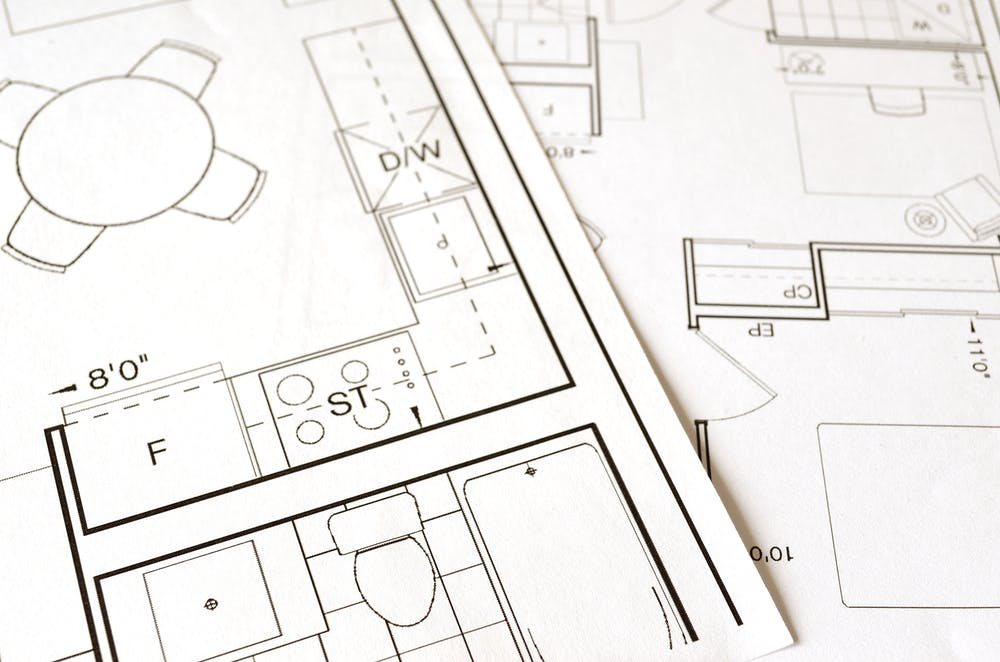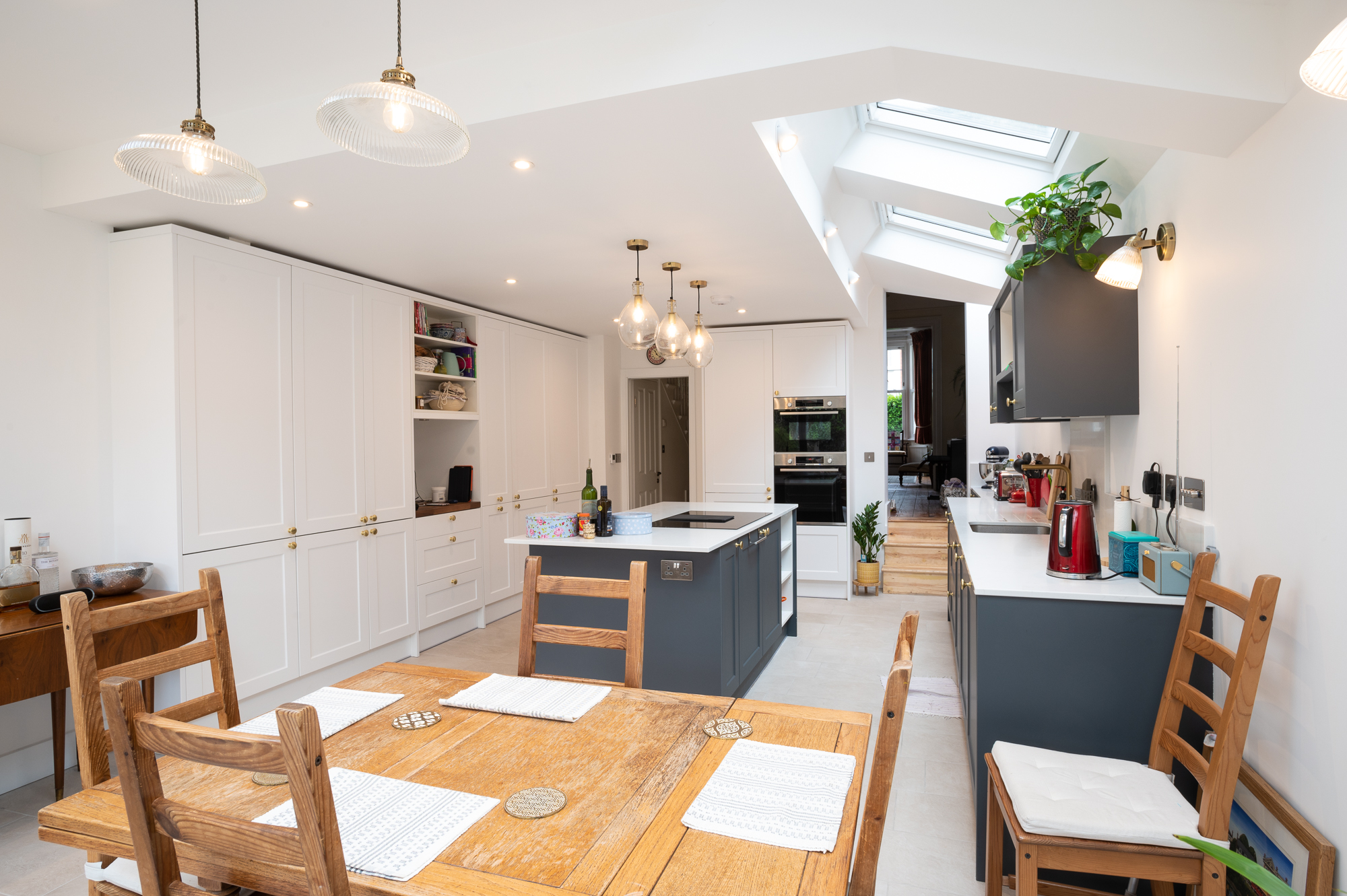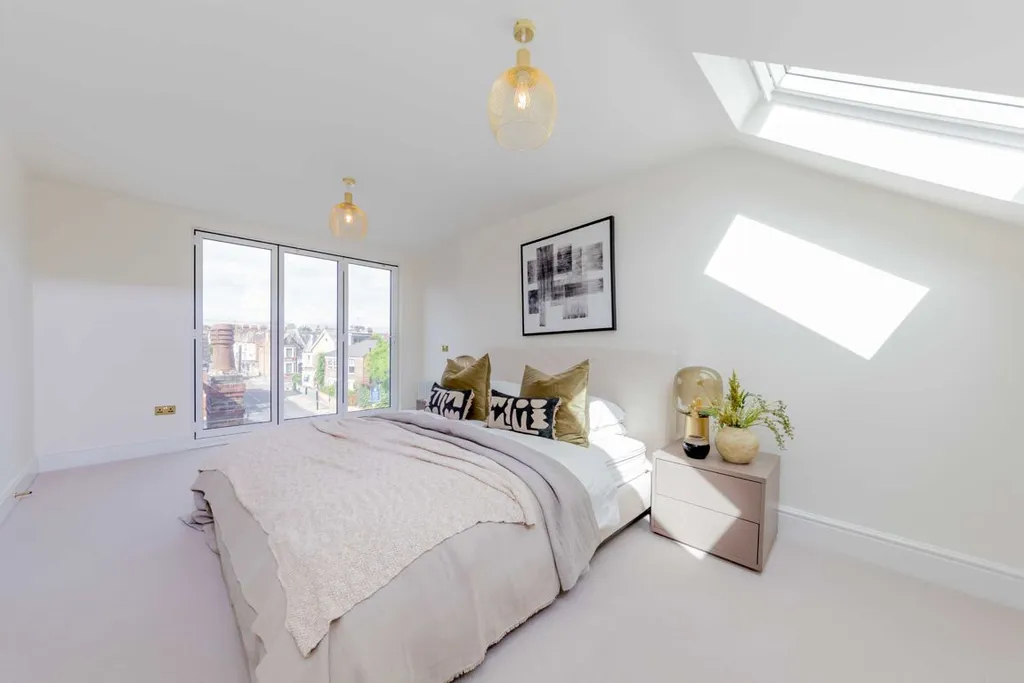When considering different home remodelling projects, most homeowners are stuck deciding between a loft conversion or an extension. And it is easy to see why.
Both options offer homeowners the chance to significantly upgrade their properties while adding space and value to their homes. However, each option also comes with specific advantages and disadvantages.
As a homeowner, you must then decide which option suits you best based on your particular priorities. Though many factors play a role in deciding which is the better option for you and your home, it often comes down to a matter of cost. However, this is not the only factor that must be considered.
As such, it is important to understand what each process and project entails before making a decision.
What exactly is a loft conversion and a home extension?
Simply put, a loft conversion helps transform the roof or attic space in a home into functional living space. In this way, awkward, and often, ill-used spaces are converted to create beautiful, and more importantly, valuable additional rooms.
A home extension generally refers to the outwards or sideways expansion of your property and is usually constructed on your garden space. This provides incredible versatility in their design as even multi-storey extensions may be created.

What are the different factors that need to be considered when deciding between the two?
Though cost is typically the primary determining factor, there are several other aspects that come into play when choosing between a loft conversion and an extension. These include:
- Space available-

Though most properties are suitable for an upwards expansion via a loft conversion, the roof space and floor space available must also be considered. A minimum head height of 2.8m, with sufficient floor space to allow for the installation of a staircase, is required in order to effectively convert the loft space, and design a functional room.
Conversely, not all properties feature the required garden space for a home extension. This is particularly true in densely populated areas where rear and wrap around extensions can be hard to build. However, side return extensions are still a viable option, especially in terraced and semi-detached properties.
- Style of home-

Your initial preference may not always be a realistic possibility based on the design of your home.
For instance, loft conversions are not always the best option for properties which feature vaulted ceilings or modern trussed roofs. That’s not to say it is impossible. But the work required to convert the loft would make the project that much more expensive.
However, loft conversions are an easy solution to add more rooms if your home features sloping or pitched roofs.
The style of your home does not affect the construction of an extension to a great extent. And though an extension can theoretically be added to any part of your property, it is still best to design and plan the extension so that it complements the style and architecture of your home.
- Design-

Naturally, the design and ultimate function of the additional room created plays an important role in deciding between a loft conversion or extension.
Loft conversions are especially prized for the privacy they afford. So, if an additional bedroom, bathroom, study nook, or even a quiet reading corner is what you are after, then a loft conversion might be the ideal choice.
Extensions, on the other hand, are essentially limitless in the versatility of their design and function. Based on the area of the property on which they are built, extensions may be used to create guestrooms, playrooms, kitchen extensions, and even multi-storey designs.
- Duration and intrusion involved-
The duration of the build, and the disruption it entails, be it a loft conversion or a home extension, is largely based on the design planned.
In general, extensions require more construction time as they involve excavation work, roofing, and plastering, which loft conversions do not necessitate.
However, based on how the room is likely to be used (be it a loft bathroom or downstairs kitchen), connection to plumbing and utilities may be required.
Quite simply, the greater the complexity of the loft conversion or extension, the longer it takes to be completed, and the greater the disruption to your daily life.
- Planning permission-

The need for planning permission can often be a deterring factor for many homeowners. This is because, the process of applying for and securing planning permission can significantly increase the cost, as well as the time taken for the completion of the build.
Since most loft conversions do not require planning permission, it makes them an extremely attractive choice. But it is important to keep in mind that extensions which fall under permitted developments also do not require planning permission.
So, if you are set on an extension, ensuring its design and dimensions meet the criteria for permitted developments can help make the build process faster and cheaper.
Which adds more value?
The question of how much value loft conversions and extensions add to a property is a complicated one. This is because the value added is dependent upon the design of the newly created space, and its functionality.
Generally, a loft conversion that features an additional bedroom and bathroom can increase the value of a property by up to 20%. Whereas, extensions such as an updated kitchen can increase property value by 5-10%.
However, the increase in value to a property as a result of the renovation should take into account the location of the property, as well as the ceiling price of homes in that neighbourhood. This is to ensure that the cost of the renovation does not go beyond the value it may bring.
Which is cheaper?

When looking at the difference between the two builds, loft conversions are the more obviously cost-effective option. On average, loft conversions can range from a conservative £15,000, to a more extravagant £60,000.
Again, the final cost varies based on the type and complexity of the conversion, with rooflight or dormer conversions being significantly less expensive compared to mansard and hip-to-gable conversions.
Additionally, the installation of any plumbing, utility connections, fittings, and fixtures, can affect the cost of the conversion.
Extensions on the other hand, involve more construction work, and therefore tend to be more expensive; with single storey extensions ranging from £35,000 to £100,000.
Conclusion
A home renovation is a significant undertaking that has the potential to also be extremely rewarding in terms of the value it adds to your property. With numerous build options available to homeowners, it often comes down to deciding between loft conversions and extensions.
Each brings with it incredible value and versatility in terms of design and function. However, each option also has specific drawbacks and disadvantages.
So, how do you decide? More often than not, it comes down to the cost of the project.
However, this should never be the only factor considered. Other aspects such as the space available, how the extension or conversion works within your home, and the value it brings to your property, must also be taken into account in order to make the best possible decision for you and your home.
If you too are contemplating between a loft conversion and an extension, get in touch with the incredible team at Good Design and Build today!
Our experts can guide you towards the best designs and bespoke builds that match your needs and suit your budget.




